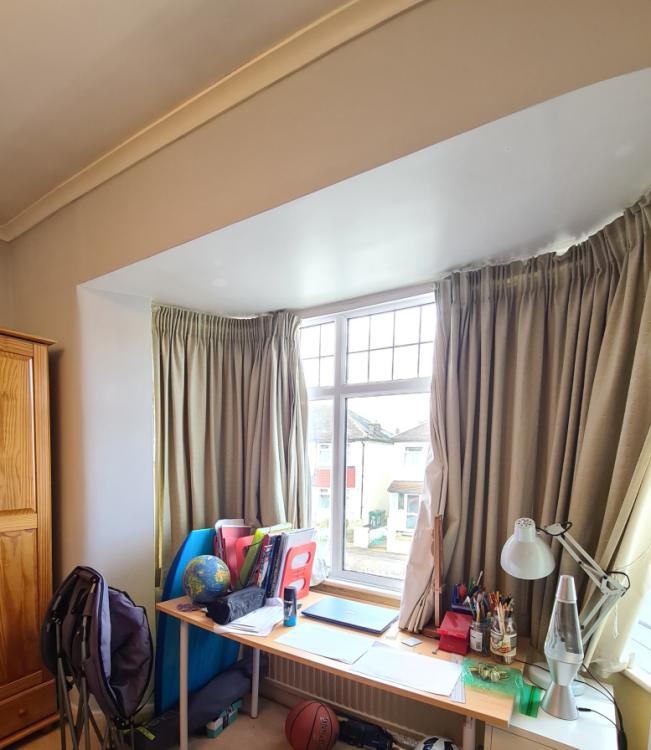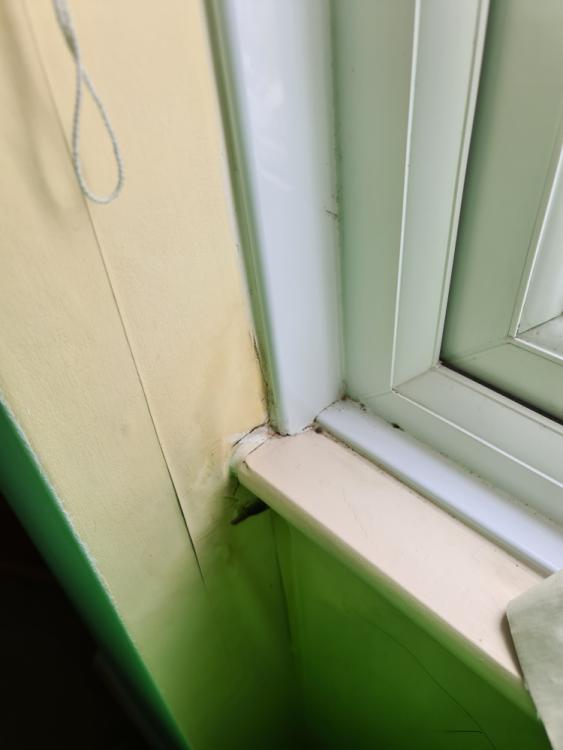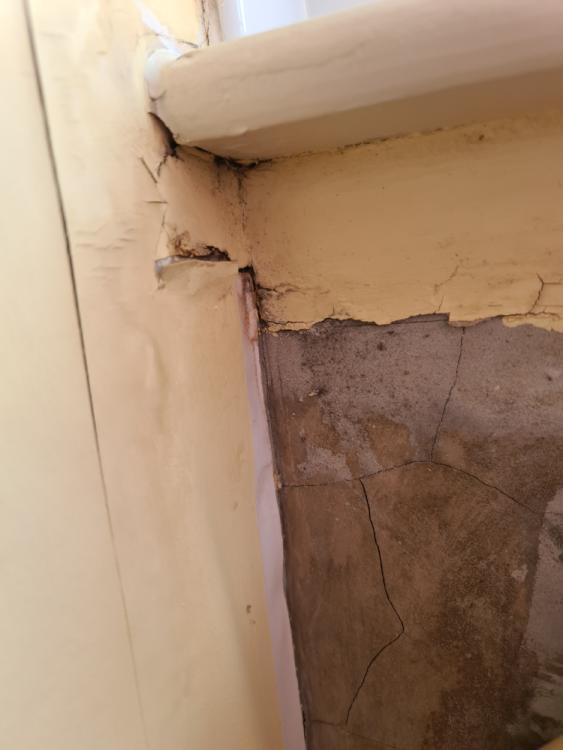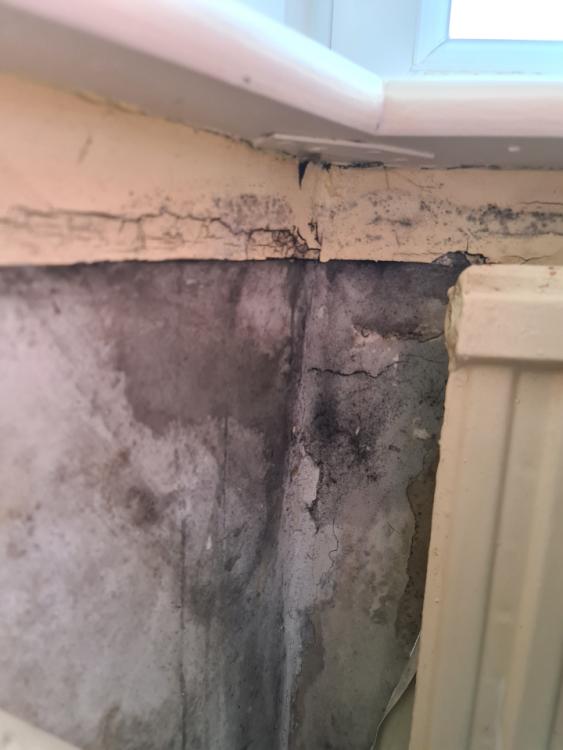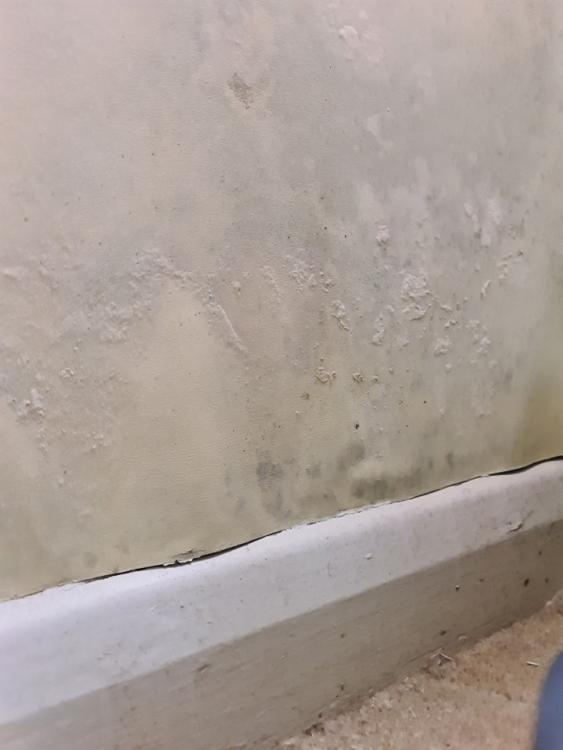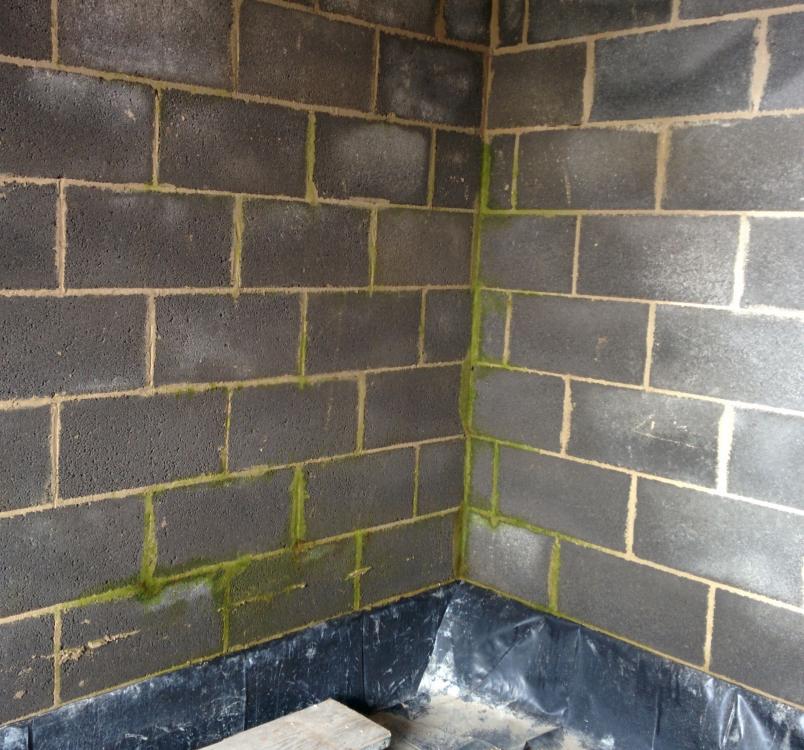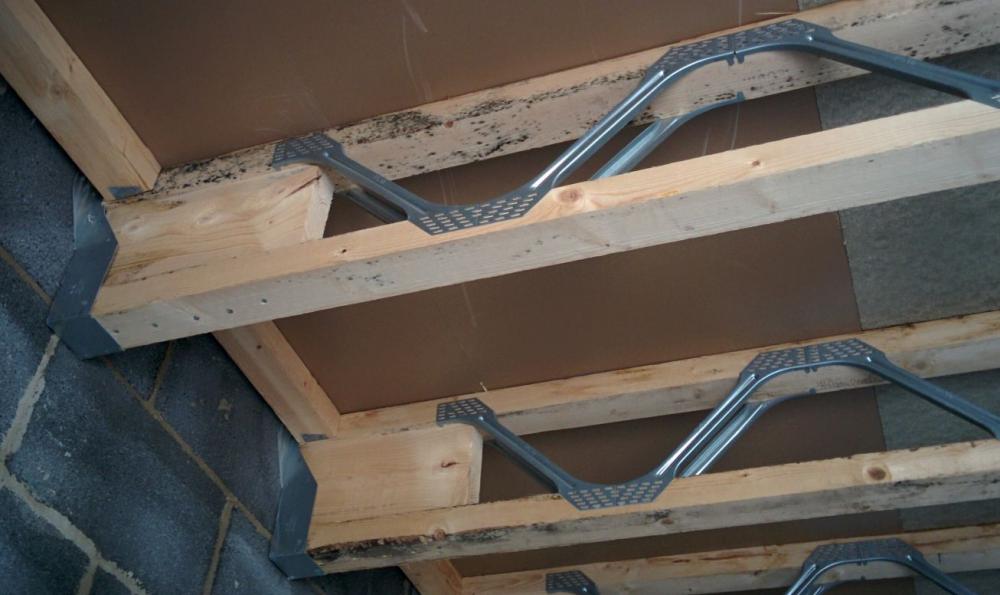Search the Community
Showing results for tags 'mould'.
-
Hi all, the damp is on an exterior wall garage / extension. There was previous water damage from a leaking roof. The roof has been replaced, drainage sorted but 2 months after the plaster has been put on we are getting signs of water through again. The moisture meter says 75 but we are using a de-humidifer and that has reduced it to 62 within 4 hours. We had a damp report done back in March and that did not identify any signs of rising damp on the property but now are unsure about what to do next.
-
Hello. We have a first floor bay window that sits on a brick wall that is 1 brick deep with render on the outside. The render had a few vertical cracks which were repaired and the outside of the house was repainted a couple of years ago. Please see the photos. In the middle of the bay window is a long radiator. On the wall beneath the window cill there is damp on the left side where the cill touches the side wall and this damp continues across most of the bay under the cill. There is no dampness on the side walls above where the window cill touches them. There is also white mould on the wallpaper. Where wallpaper has been removed for photos the plaster is cracked and discoloured. Two questions - 1. Could this dampness be due to condensation? 2. Will replastering the wall then insulating it cure the problem? All thoughts welcome. David.
- 6 replies
-
- condensation
- wall
-
(and 6 more)
Tagged with:
-
Hello. 3 years ago we had 2 new upvc bay windows fitted by an established company in the London area. The ground floor window has sealant between the sill and the brickwork, the first floor window does not. We have damp on the first floor interior wall below the window but not on the ground floor wall below its bay window. There are large gaps between the first floor bay window sill and brickwork and 2 packing strips can be seen from street level on both sides of the bay window. (cant get photos to upload to site). I have several questions and will appreciate any thoughts. 1. Am I correct in thinking that this is how water is getting in? 2. Is it normal to seal gaps under a ground floor window sill but not a first floor sill? 3. Should I ask the installers to come back and seal the gaps? Regards DaveAF
- 23 replies
-
- upvc window
- window sill
- (and 18 more)
-
We have a 700mm nook in our kitchen which we are making into a hot drinks station. The cupboards above and below the worktop will house mugs, boxes of tea and coffee beans, and on the worktop itself about half of it will be occupied by a coffee machine and the other half of it will be occupied by a small round 300mm diameter undermount sink and a boiling water tap. I would have ideally preferred a 200mm sink so as to give more space to the coffee machine, but we haven't been able to find one that works with our colour scheme, so 300mm it is. I came across this article which discusses the pros and cons of different reveal styles and it made me think I could have a negative reveal so that I lose less than a 300mm diameter from my worktop. The only disadvantage quoted in the article of a negative reveal is said to be "The countertop ledge can easily chip, and its exposed underside may attract mold. Though these risks depend on your countertop material, a durable stone countertop might cancel out those concerns." We are fitting 30mm thick caesarstone so I'm assuming this counts as "durable stone" and that chips are not a risk factor. Given the only thing splashing down that sink will be hot water, tea, coffee and the odd bit of unused milk, should I be worried about mould? Could I have a 25mm negative reveal all the way around so that my sink hole ends up being just 250mm in diameter or is this asking for trouble in terms of mould? We are having MVHR in case that makes any difference.
- 21 replies
-
- sink reveal
- mould
-
(and 1 more)
Tagged with:
-
Good afternoon, This is my first time posting a question here so please forgive any mistakes? We bought our house about a year ago (UK) and the whole downstairs is tiled with ceramic floor tiles(poorly laid cracking around doorways). The walls are always extremely cold to touch and so is the floor, we have just moved the storage boxes from under the stairs to find the exterior wall covered in mould all along the skirting and on and in the storage boxes. We are wondering what is causing the mould? Is it a symptom of the heating being on and causing condensation on the cold walls and floor? We are going to replace the flooring with laminate next year, any things to look for and do to prevent the mould returning? Thanks for looking
-
Plastering is all done. Looks great. And much of it is now painted (wash coat at least). But I got to the final room to wash coat it this weekend I noticed some mould on a couple of walls, where we had leaned some cardboard boxes (containing shower panels) against the walls. My guess is this has just resulted in a restriction in air circulation whilst the plaster wasn't quite fully dried out (though it did look dry and had been a couple of weeks). Does that sound right? My question is: what do we do? Clean it off with a mould remover, let it dry and then paint over it? Or something else? (we have obviously removed the shower panel boxes)
-
My house is recently plastered and I have noticed that we have some mould appearing largely on areas that are plasterboard behind and some tdoor frames. I have tried to keep the place ventilated as much as possible to allow for drying. What should I do with this or how should I treat before painting.
- 10 replies
-
- skin
- plastering
-
(and 1 more)
Tagged with:
-
Hi all be grateful for some help on a worrying (to me) scenario that has developed on our mbc frame in the last few days. Lots of rain and the building is not watertight, the roof boards leak like a sieve even with a membrane. We are going as fast as we can with trusses to get it ready for single ply membrane finish. The mbc roof boarding is really wet in places and so are the joists underneath. The walls are wet but too a lesser degree. We have puddles all over the place inside with water collection in dips in the slab so its a very warm moist atmosphere due to window openings being covered in heavy duty polythene awaiting window arrival. Yesteday I notice what appears to be black mould spots on the roof boards and the joists. Can anyone tell me if this is an issue both for construction and health. I have a serious health issue and cannot tolerate any mould whatsoever, part of the reason for the build was to have a clean air healthy house and now I have seen the mould I am very worried and in something of a panic. Pics attached. All input gratefully received. Many thanks Liz
-
I know it has rain and rained but this green mould on the inside of my part built dwelling looks rather concerning. This green mould is both on this internal wall and on another wall that is external. I also have black mould appearing on the first floor Posi joists Is green and black mould normal during a wet build?

.thumb.jpeg.03d941c553a0f0e11dc263dd4f229633.jpeg)
.thumb.jpeg.84f932c81ca5ae6e60ba2d227482d59c.jpeg)
.thumb.jpeg.064b34121c57ef1684b4874fa6c528eb.jpeg)
.thumb.jpeg.3c1b48d1b3a3c121be5d44f89f1149c6.jpeg)
.thumb.jpeg.07f57a5c70516ec32eae79534be50e44.jpeg)
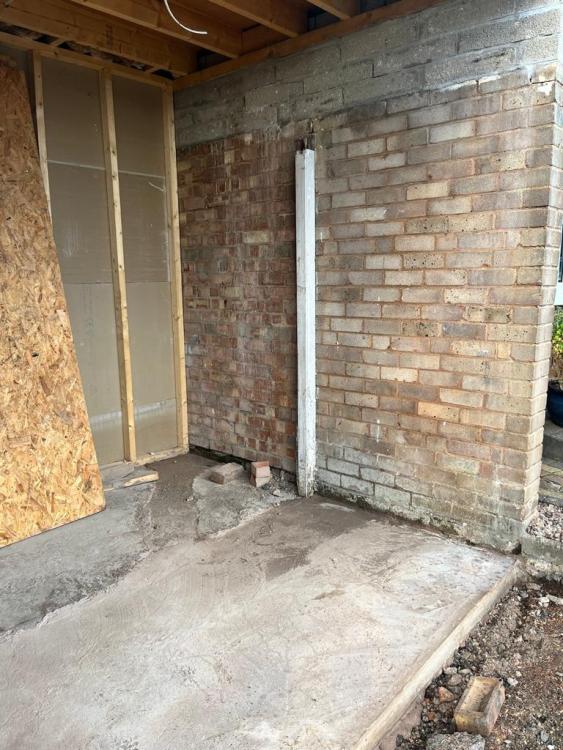
.thumb.jpeg.66387199cdbee5075e8fc7b941c809b2.jpeg)

